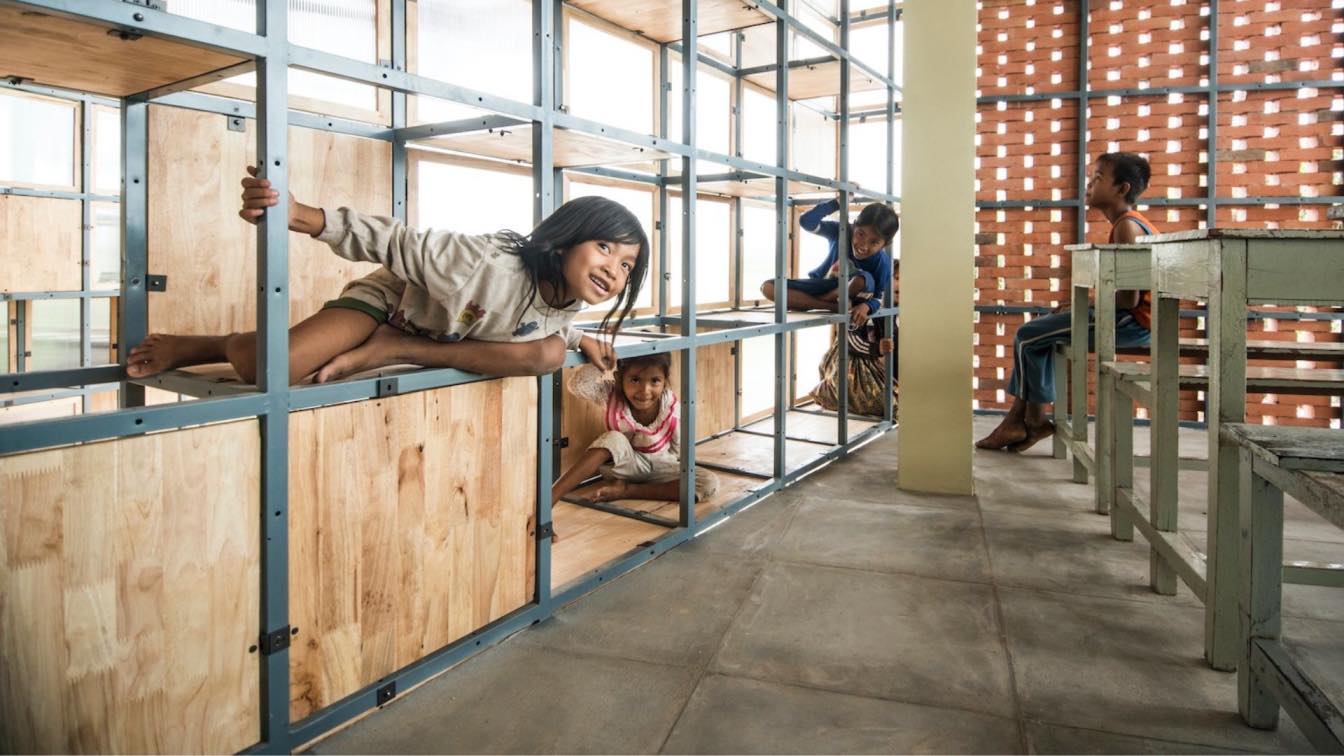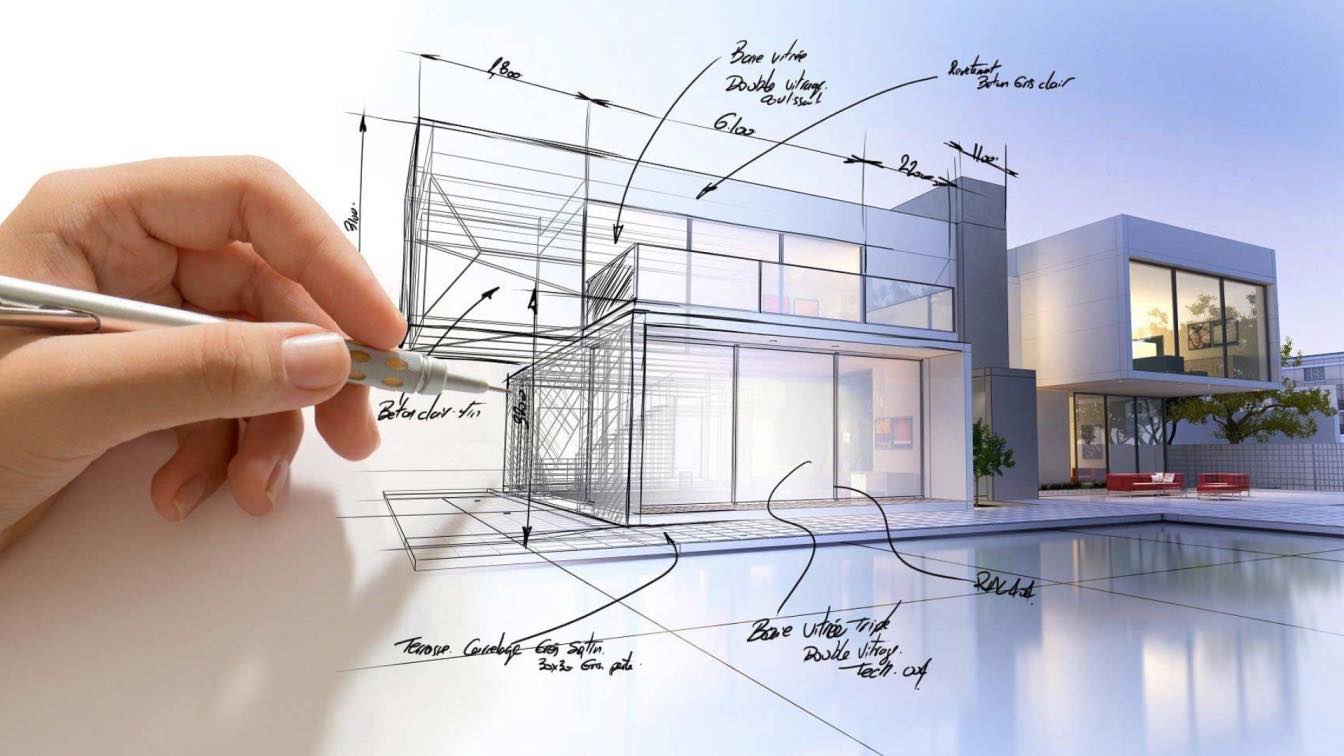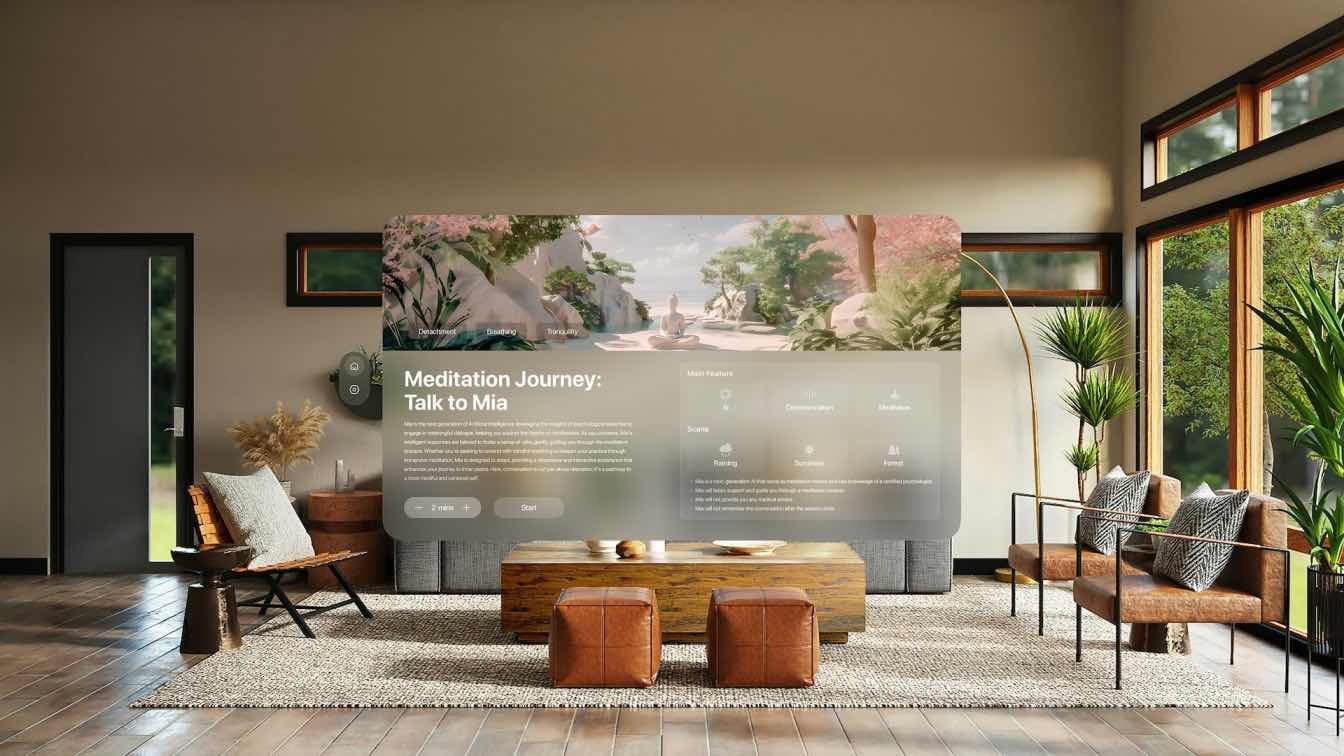Nowadays, many more educators are looking for innovative methods of teaching that go beyond the traditional model of rote learning and rigid classroom structures. Dynamic and engaging strategies are being explored, such as creating a playful learning environment. This pedagogical approach taps into the innate curiosity and enthusiasm of learners and can help make the process of acquiring knowledge not just effective but also enjoyable. Here is a short guide exploring the concept of a playful learning environment, and how it can be implemented in educational settings.
What is a Playful Learning Environment?
A playful learning environment is characterized by a blend of educational content and activities. These activities should promote creativity, exploration, and experimentation, and they should take place. Investing in unique and attractive educational buildings can also help inspire children. This type of environment encourages kids to take an active role in their learning journey. It can also help foster a deeper understanding of concepts at school while cultivating essential skills such as critical thinking, collaboration, and problem-solving. Viewing learning as a holistic experience can help integrate playfulness into every aspect of the curriculum.
Benefits of a Playful Learning Environment
Creating a playful learning environment can yield a number of benefits for both students and educators. It promotes a positive attitude towards learning, decreases stress, and enhances motivation. In a lively environment, students have the means to be more confident, proactive, and self-directed in how they learn. On the other hand, educators experience a renewed sense of fulfillment as they watch their classrooms transform into dynamic centers of exploration.
How to Create a Playful Learning Environment
Flexible Learning Spaces
Classroom arrangements can significantly impact a student’s learning experience. Designing flexible learning spaces, that allow for movement, group work, and interaction, can facilitate a more engaging atmosphere. Educators can make a learning space more flexible by incorporating comfortable seating and versatile furniture. For instance, bean bag chairs from a Lovesac competitor can be used in and out of the classroom for different types of activities. This type of seating provides a comfortable space for kids to relax, read or engage with one another.
Provide Opportunities for Artistic Expression
Provide opportunities for artistic expression. This could be through activities such as drawing, painting, music, or drama. Creativity stimulates various parts of the brain, which helps students express themselves in diverse ways and grasp complex concepts.
Incorporate Gamification
Introducing elements of games into the learning process encourages healthy competition, motivates students, and can also instil a sense of achievement. Concepts like rewards, leaderboards, and progress tracking can transform mundane tasks into exciting adventures.
Technology Integration
Use technological resources, interactive simulations, and educational apps to diversify the learning experience for students. Integrating technology can help bring abstract concepts to life, catering to different learning styles and enhancing engagement.
Storytelling and Narratives
Humans are naturally wired to connect through stories. Incorporating narratives into lessons can make content more relatable and, therefore, memorable. Through historical anecdotes, fictional tales, or personal experiences, storytelling can make subjects more exciting and relevant.





